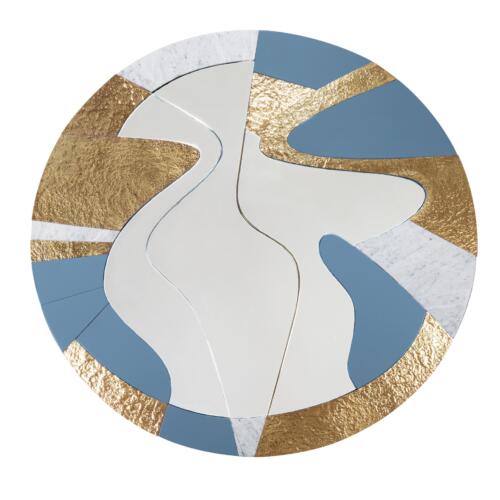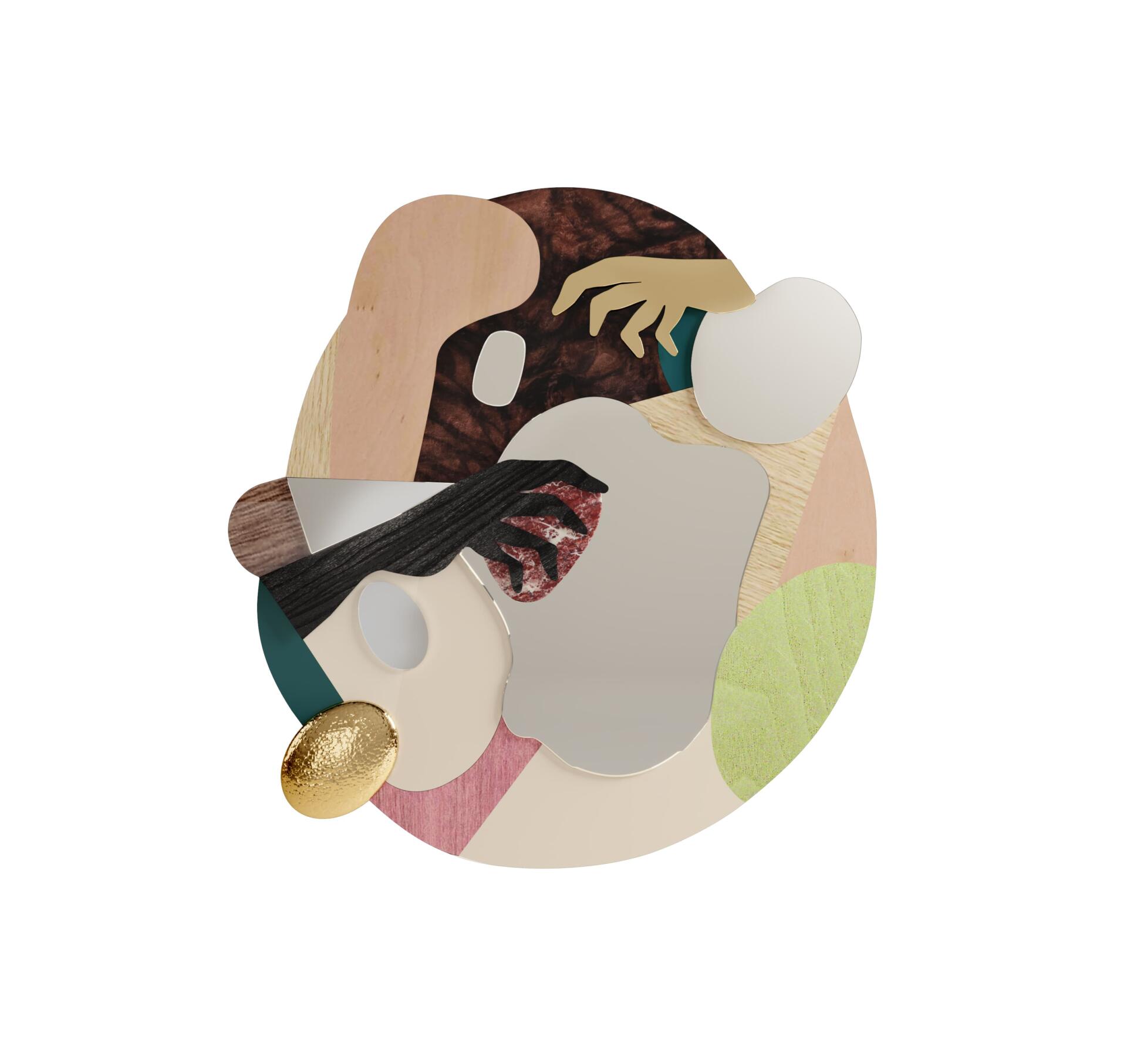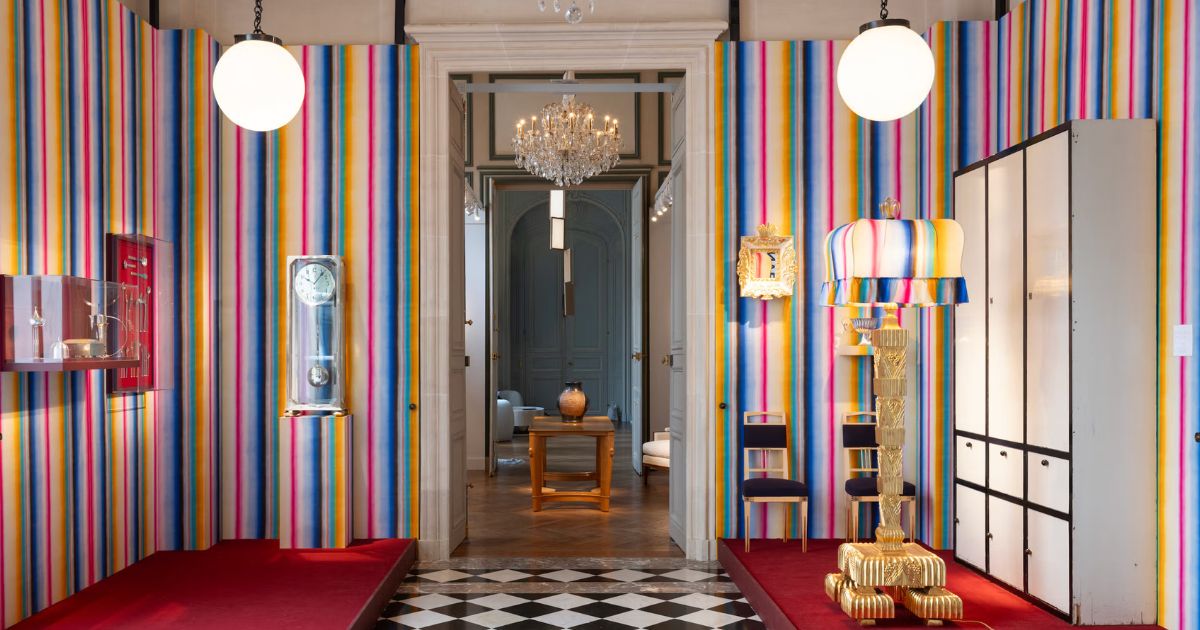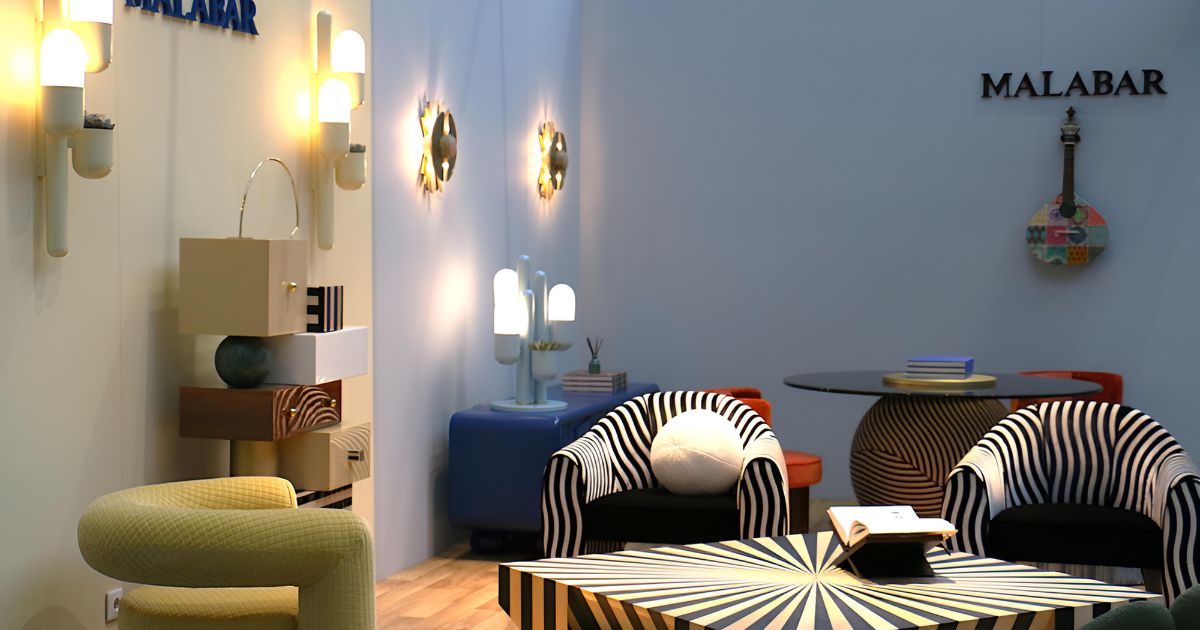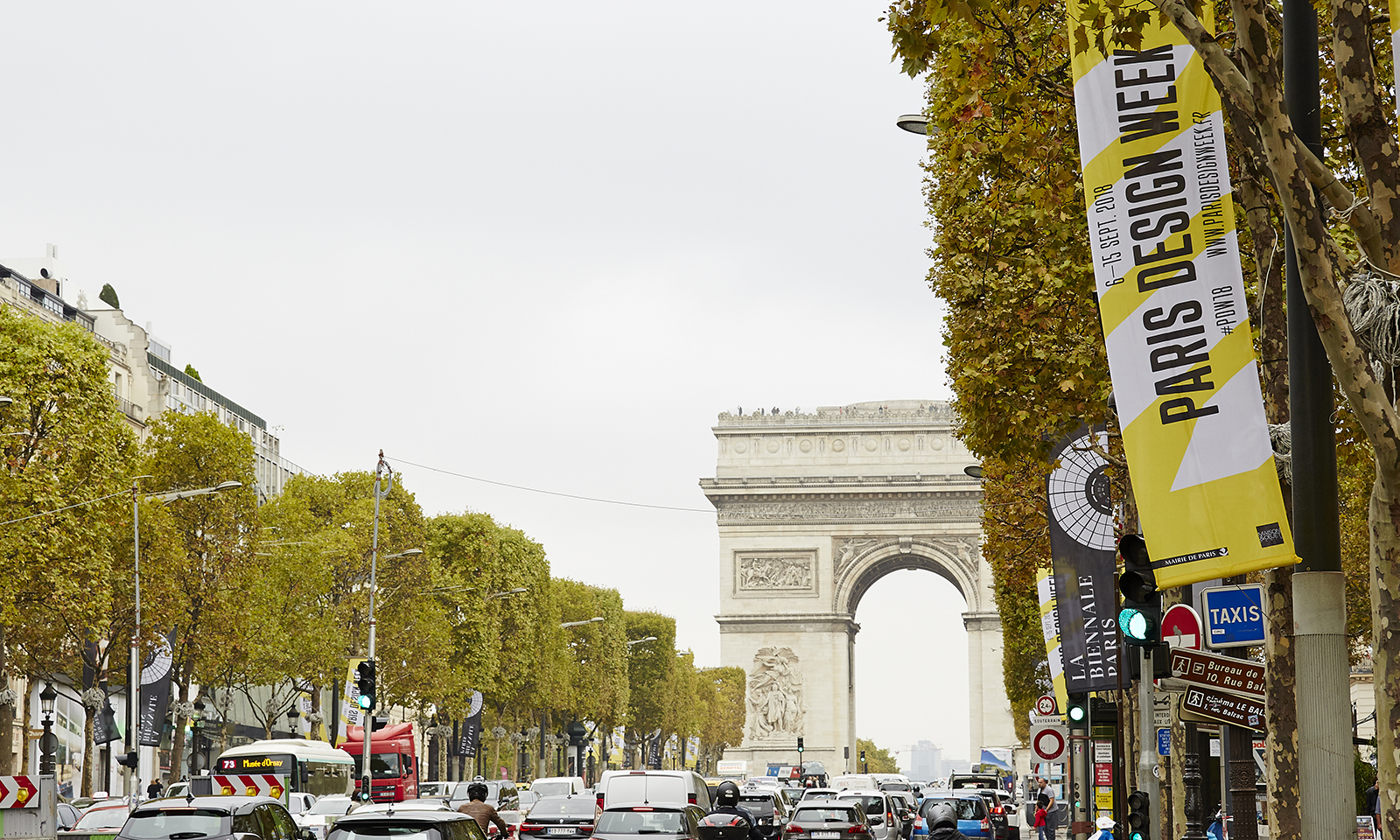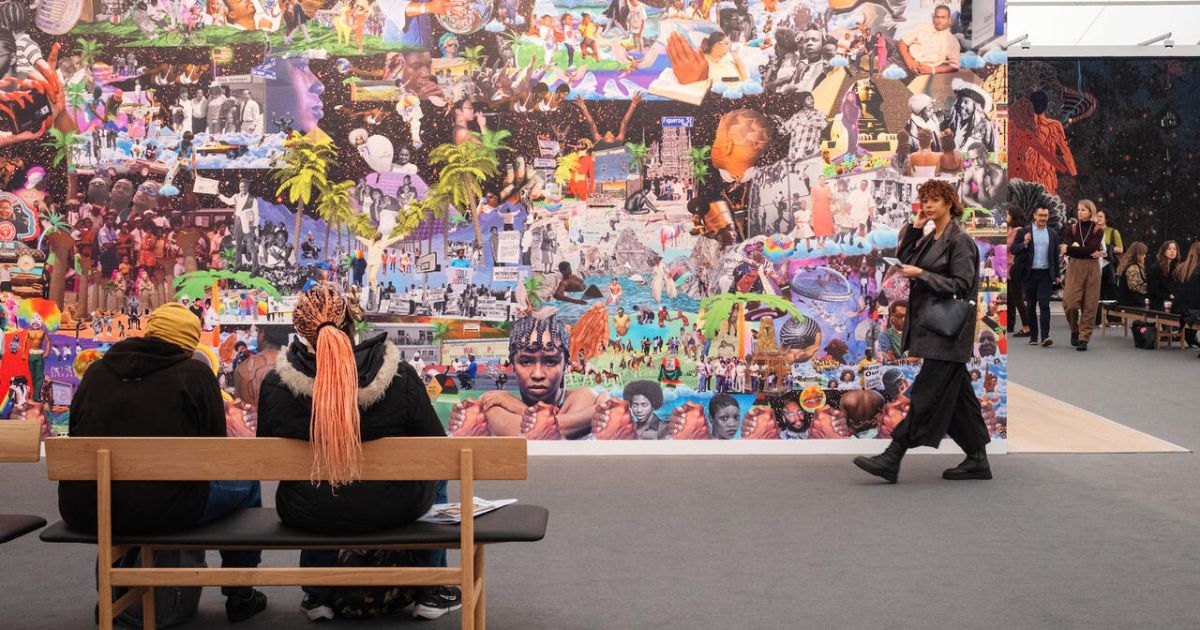
Frieze London 2025: The Astonishing Pulse of the Art World
Frieze London: The Astonishing Pulse of the Art World
Every October, London doesn’t just freeze — it Friezes. The chill in the air is not just meteorological, but magnetic. As the leaves turn to gold, The Regent’s Park becomes the beating heart of the global art scene as Frieze London arrives. Across more than 280 galleries from 45 countries, six millennia of creativity converge beneath the white canopies: ancient relics converse with digital dreams, sculptures shimmer beside conceptual provocations.
Collectors glide through the aisles, their footsteps softened by anticipation, their lenses reflecting the glow of polished surfaces and possibility. Between champagne flutes and flickering spotlights, one truth gleams: luxury and creativity have never been such intimate bedfellows. Founded in 2003 by Amanda Sharp and Matthew Slotover, Frieze London began not as a marketplace, but as a manifesto, a bold declaration that contemporary art could be both intellectual and irresistibly glamorous.
What started as a daring London experiment has since grown into a constellation: Frieze New York, Los Angeles, Seoul, and now an ecosystem that defines the global art calendar. Yet, it’s the London edition that retains its magnetic soul, bringing a particular electricity in the October air, a sense that every canvas and sculpture might just capture the zeitgeist.
“Frieze London is a mirror to the whole art world. It’s my ultimate joyful week of the year,” shares ICA director Bengi Unsal. And indeed, the fair mirrors not only the art world, but the rhythm of desire itself, a tableau where power and poetry coexist, where beauty is both spectacle and statement. London hums differently during Frieze week: every conversation, every brushstroke, every whisper in the crowd becomes part of a choreography of vision.
The Portuguese Presence Under the Spotlight
Somewhere between the gleam of chrome pedestals and the hush of curated conversations, a distinct Portuguese voice quietly made its mark at Frieze London. From Lisbon galleries bridging craft and concept, to presents of rare works that traverse time and medium, the Lusitanian contingent brought more than booths, they brought stories with the unmistakable portuguese sould.
In a fair dominated by spectacle, the Portuguese booths whispered: of time, tactility, and soul. With names like Galeria Madragoa, Galeria Vera Cortês, Galeria Francisco Fino and Perve Galeria setting the tone, Portugal’s imprint this year was both understated and unforgettable. So, let´s explore together some of this Portuguese galleries that turned quietness into power, and presence into poetry.
Gallery Madragoa – Benny Blown Away By Luís Lázaro Matos
Who was Benny, and why did a solitary beluga capture the imagination of Londoners? Galeria Madragoa brought this curious story to life with Benny Blown Away (2025), a body of work by Luís Lázaro Matos created especially for Frieze London. The project draws its initial inspiration from the true story of Benny the Beluga, a solitary whale who famously appeared in the Thames in 2018, far from his Arctic origins. Benny lingered in London’s waters for several months, capturing public imagination before quietly disappearing
Once a displaced visitor in the Thames, Benny the Beluga is reimagined in pastel drawings and a sweeping hand-drawn mural, now inhabiting a Mediterranean-inspired world of leisure, music, and soft hedonism. Originally displaced by the brutal realities of climate change, these animals are reimagined by the artist within the stylised ease of dolce far niente, in a gentle, ironic reflection on media- oriented society and ecological crisis.
These anthropomorphic belugas, languid and playful, glide through Matos’s universe like figures of comfort, a gentle, ironic meditation on ecological crises, media spectacle, and the contradictions of contemporary life. With contours echoing both human anatomy and architectural elegance, the installation transforms displacement into wonder, inviting viewers to ask: “was Benny blown into London—or out of it? Is the beluga a metaphor, a mirror, or merely a guest on holiday?” (Galeria Mandragoa)
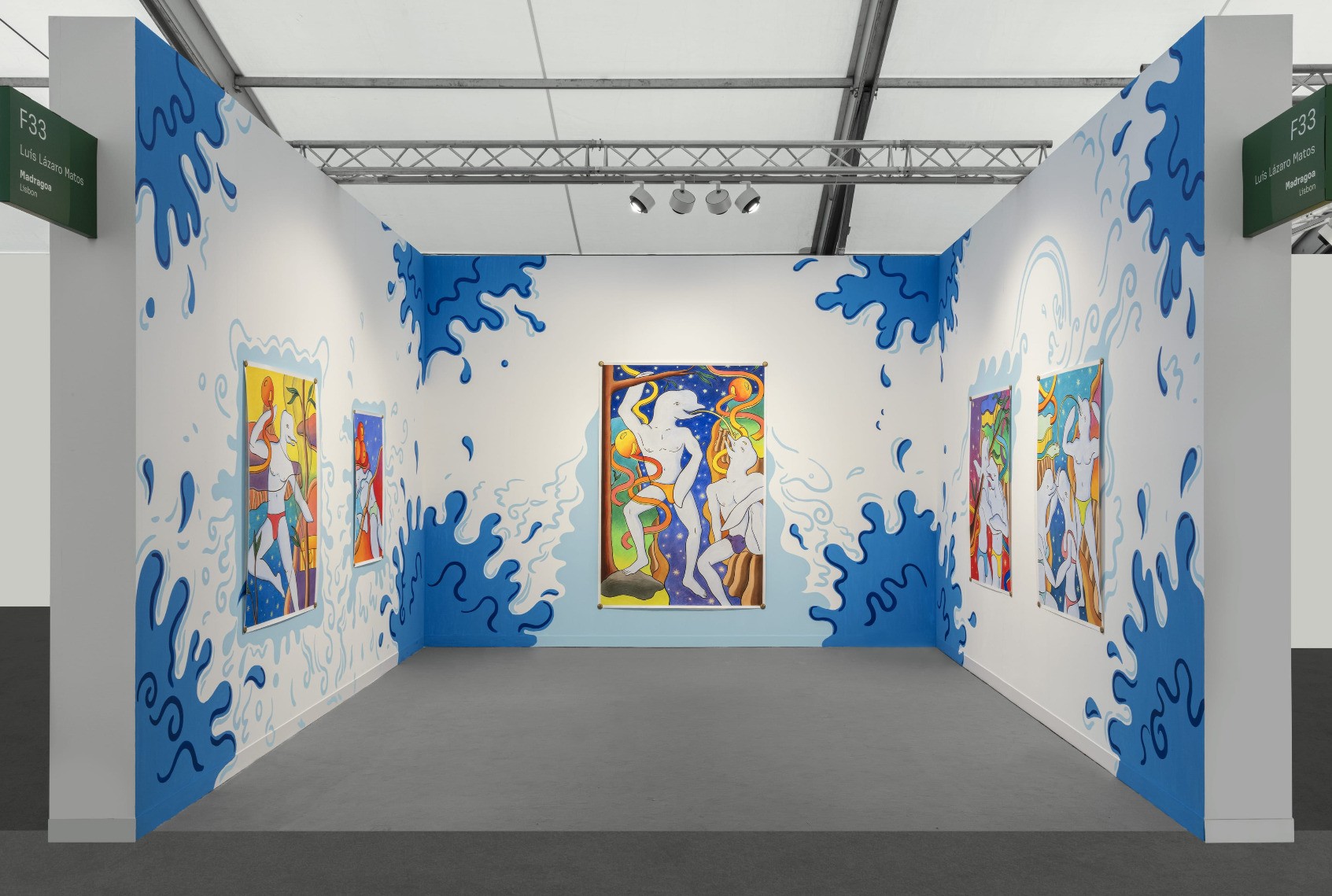
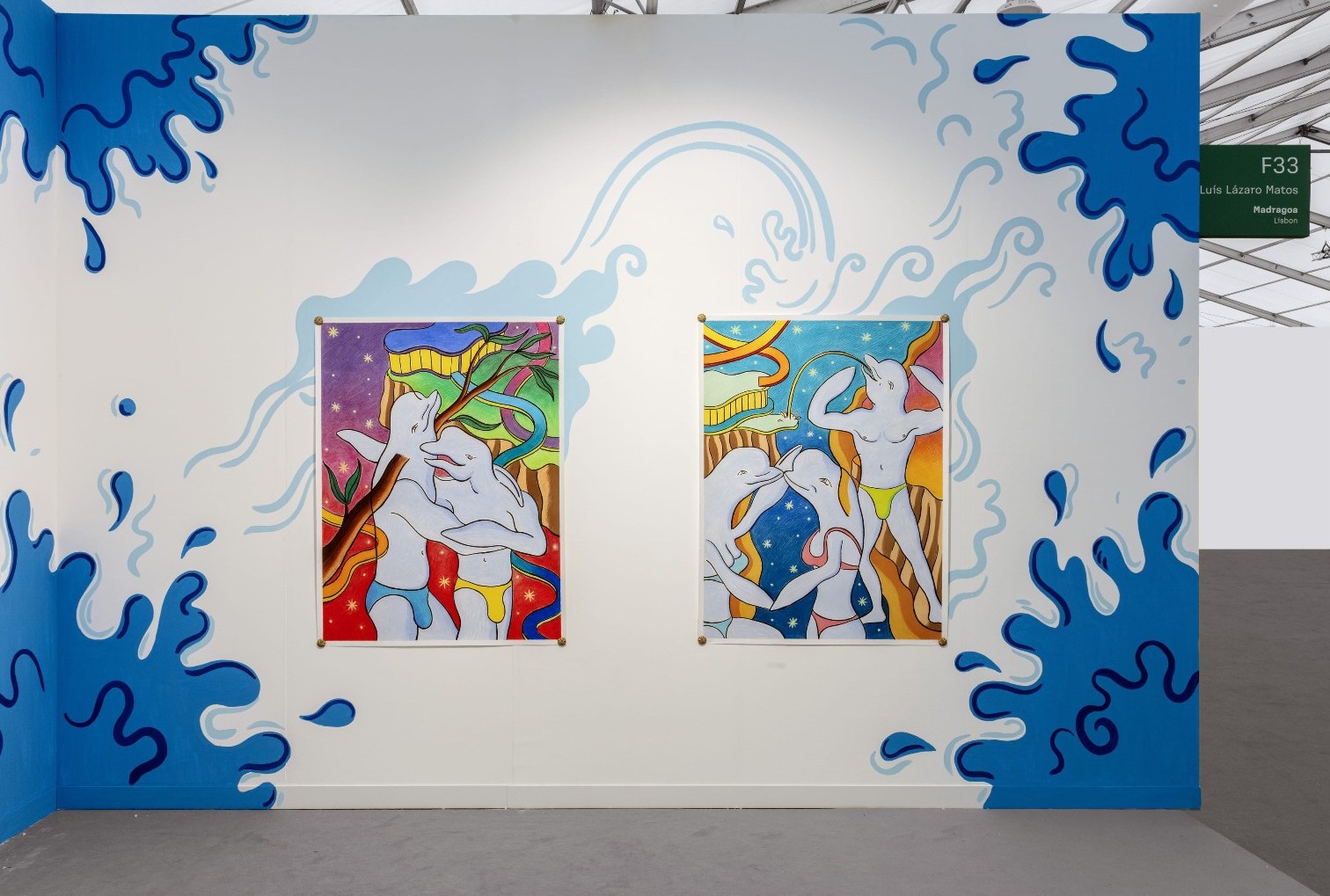
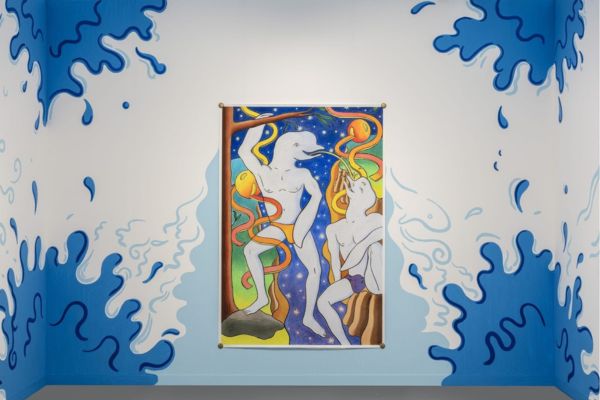
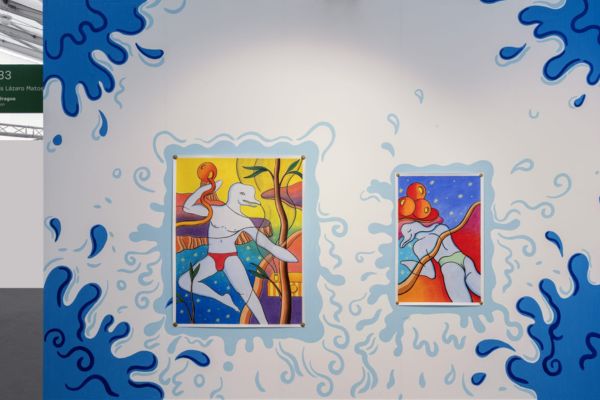
Gallery Vera Cortês
What happens when architecture, memory, and nature converge in a single booth? At Frieze London 2025, Galeria Vera Cortês invited visitors into a space where contemplation and curiosity intertwine. Booth C19 showcased a stellar lineup of Portuguese talent: Carlos Bunga, Daniel Blaufuks, Daniel Gustav Cramer, Gabriela Albergaria, Joana Escoval, João Louro, and Susanne S. D. Themlitz.
Carlos Bunga’s Animism transformed a humble stool into a sculptural meditation, layered with latex and glue, while Daniel Blaufuks evoked memory and loss through his photographic works. Gabriela Albergaria and Joana Escoval explored the human relationship with nature, and João Louro’s conceptual pieces challenged how we communicate and perceive the world.
At the heart of the booth, Susanne S. D. Themlitz wove dream and memory into open-ended narratives, inviting visitors to explore micro-worlds of reflection and imagination. In a fair dominated by spectacle, Galeria Vera Cortês quietly proved that Portuguese artistry thrives in subtlety, intellect, and poetic presence.
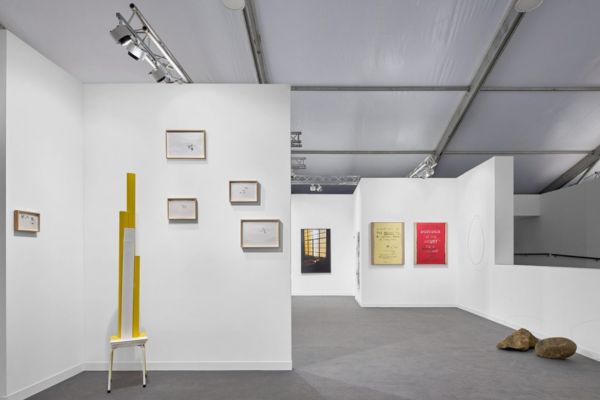
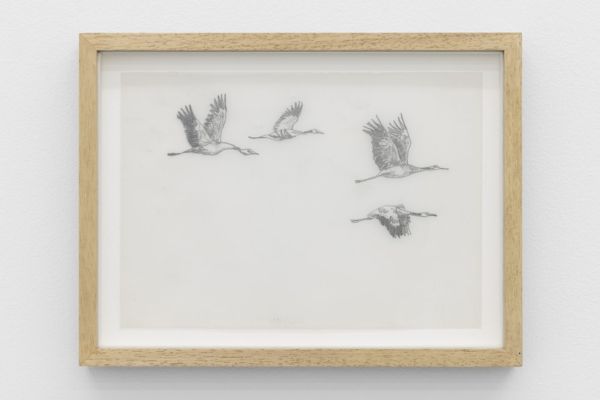
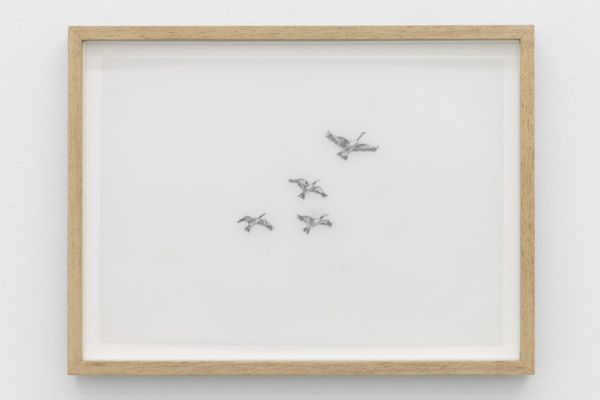
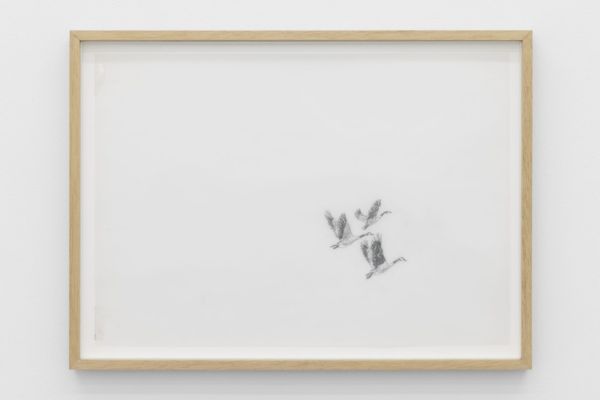
Gallery Francisco Fino
How can a line on paper become a body in motion? At Frieze London Masters 2025, Galeria Francisco Fino presented a rare selection of works by Helena Almeida from the 1970s in the Spotlight section, including Pintura Habitada (1975) and Untitled (1975). These pieces showcase her unique approach, where photography, painting, drawing, and performance merge seamlessly.
Almeida’s delicate lines of horsehair seem to leap from the page, while her photographic works transform her own body into a living instrument of gesture. Past actions collapse into the present, presence and disappearance entwine, and each piece invites the viewer to question perception and materiality.
Amid the spectacle of Frieze London, her work quietly commanded attention, turning absence into presence, restraint into sensuality, and demonstrating how Portuguese artistry can balance subtlety, intellect, and poetic power on the international stage.
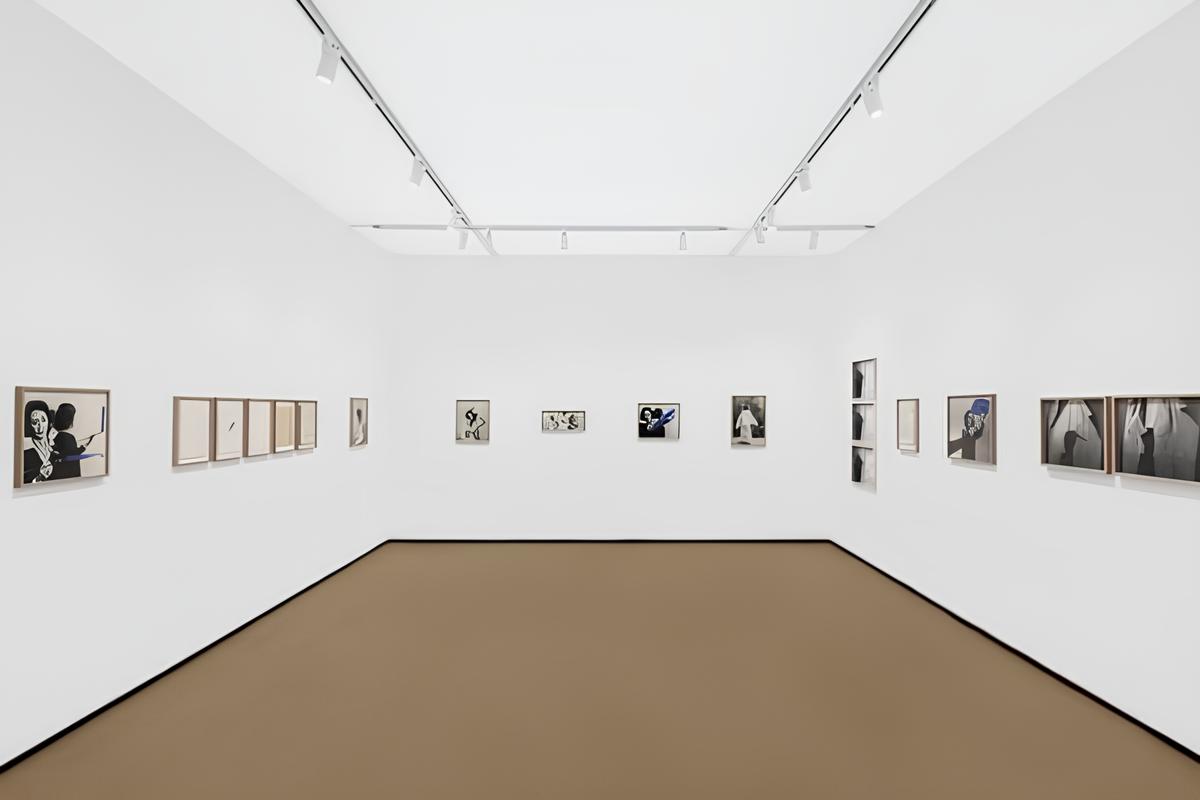
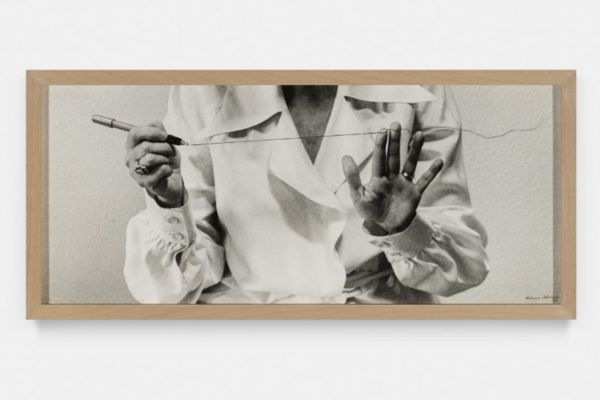
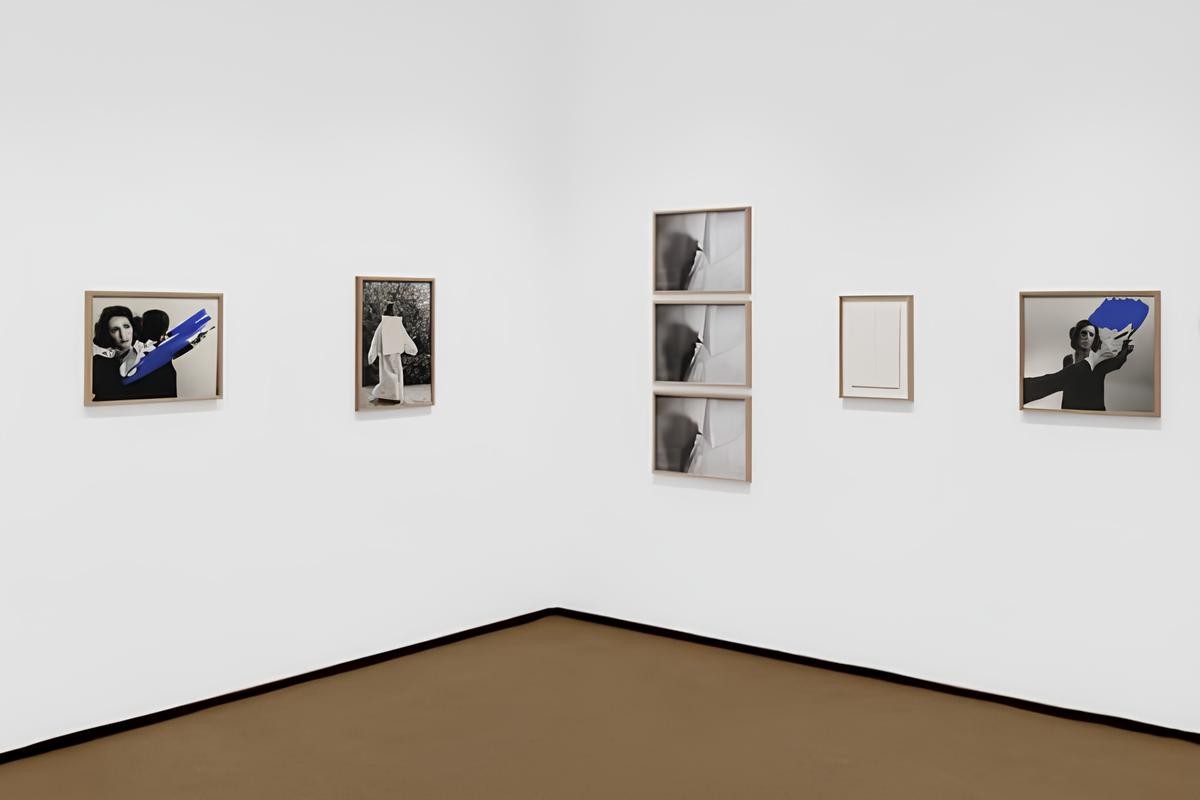

Perve Gallery
How does one artist’s vision traverse continents and centuries? At Frieze London Masters 2025, Perve Galeria presented a landmark solo project dedicated to Mozambican artist Teresa Roza d’Oliveira at Stand S13, curated by Carlos Cabral Nunes. For the first time, a woman from a Portuguese-speaking African country was featured in the fair’s Spotlight section, bringing a poetic and expressive voice to London.
Teresa Roza D’Oliveira’s works from the 1960s and 1970s, including oils and a watercolor, intertwine symbolic figuration with feminist conviction, exploring identity, belonging, and visibility during Mozambique’s struggle for independence. Many pieces were publicly exhibited for the first time, revealing a practice marked by courage, intimacy, and social awareness.
In a fair dominated by spectacle, her work quietly commanded attention, offering a powerful testament to resilience, expression, and the enduring force of a singular artistic vision from the Global South.
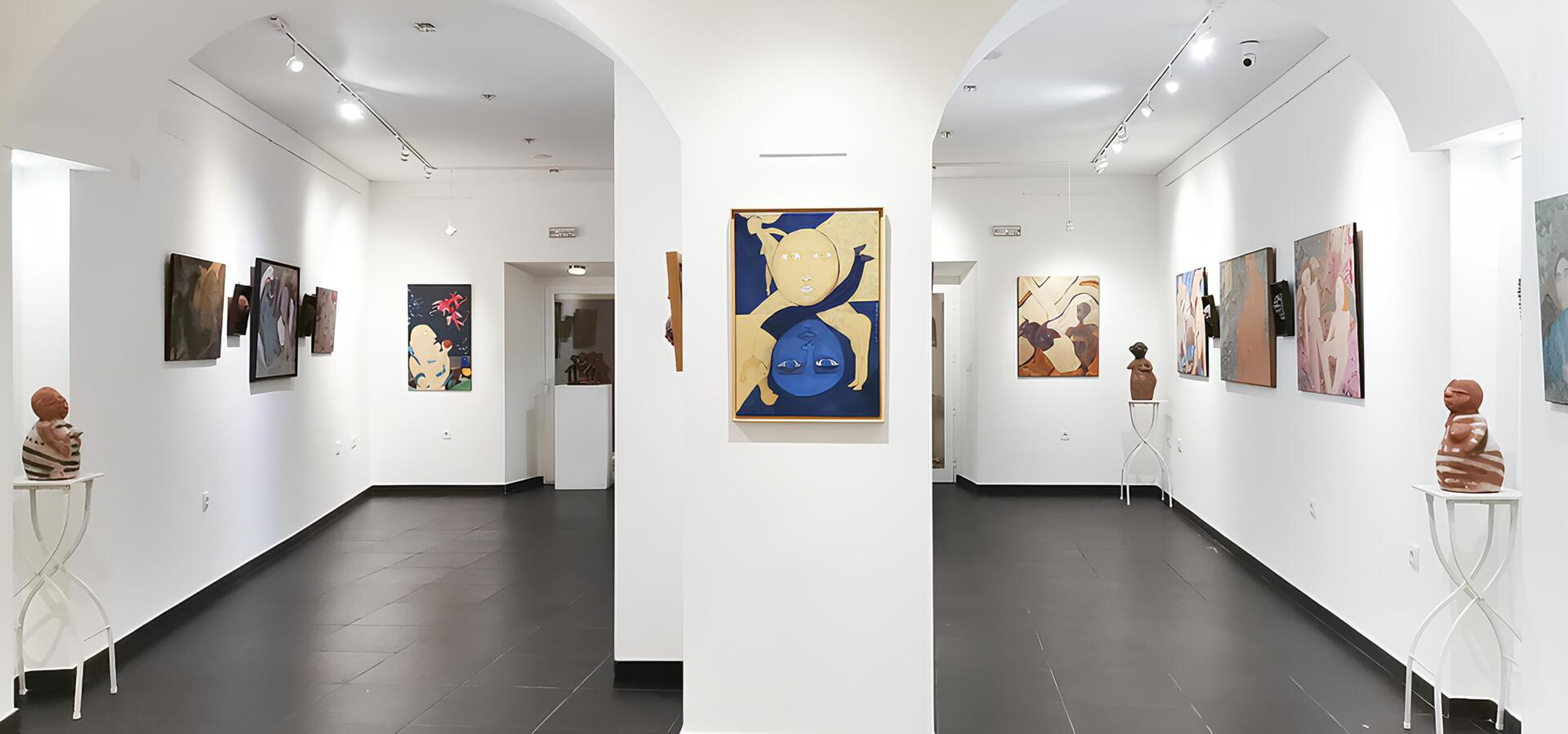
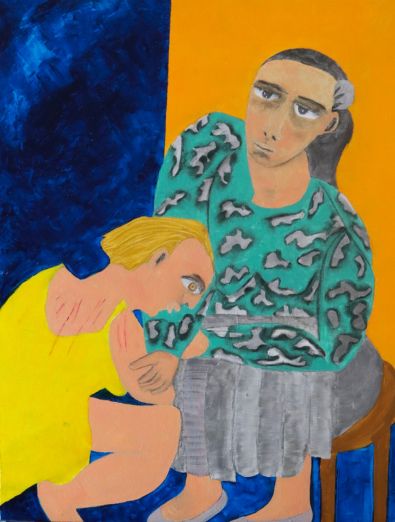
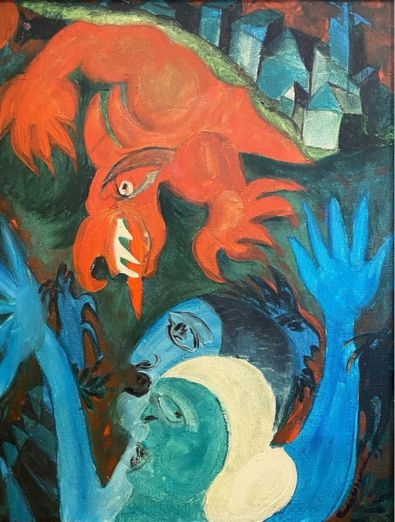
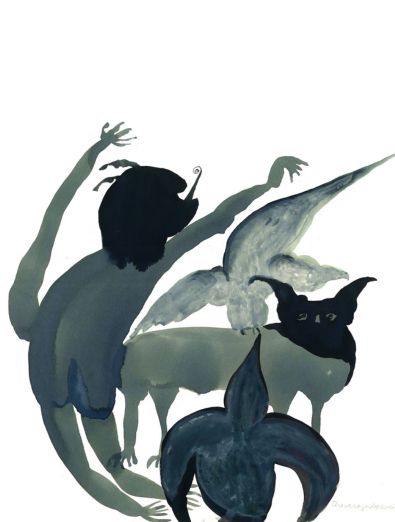
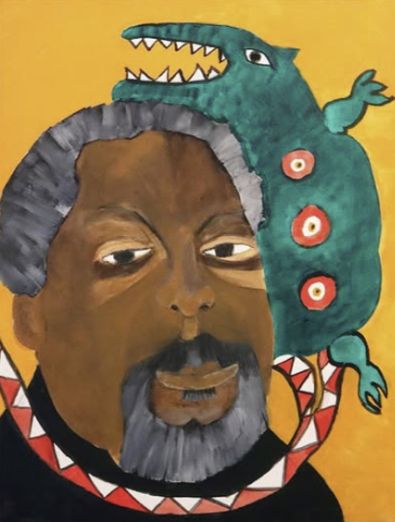
Gallery Pedro Cêra
The next gallery is Galeria Pedro Cera, a prominent Portuguese contemporary art gallery with spaces in Lisbon and Madrid. At Frieze London 2025, Galeria Pedro Cera (Booth D27) brought a curated selection of works by Anna Hulačová, Antonio Ballester Moreno, Bekhbaatar Enkhtur, Bruno Pacheco, David Claerbout, Gil Heitor Cortesão, Ilê Sartuzi, Mónica Mays, and Paloma Varga Weisz.
From Paloma Varga Weisz’s glazed ceramic sculptures to Bruno Pacheco’s and David Claerbout’s explorations of form and perception, the booth offered a rich dialogue between diverse artistic practices. Each piece resonates with universal themes while remaining deeply personal, reflecting the gallery’s commitment to intergenerational and cross-cultural conversations.
In a fair dominated by spectacle, Galeria Pedro Cera presented a refined, thoughtful counterpoint, showcase of contemporary Portuguese art that is both globally aware and intimately engaging.
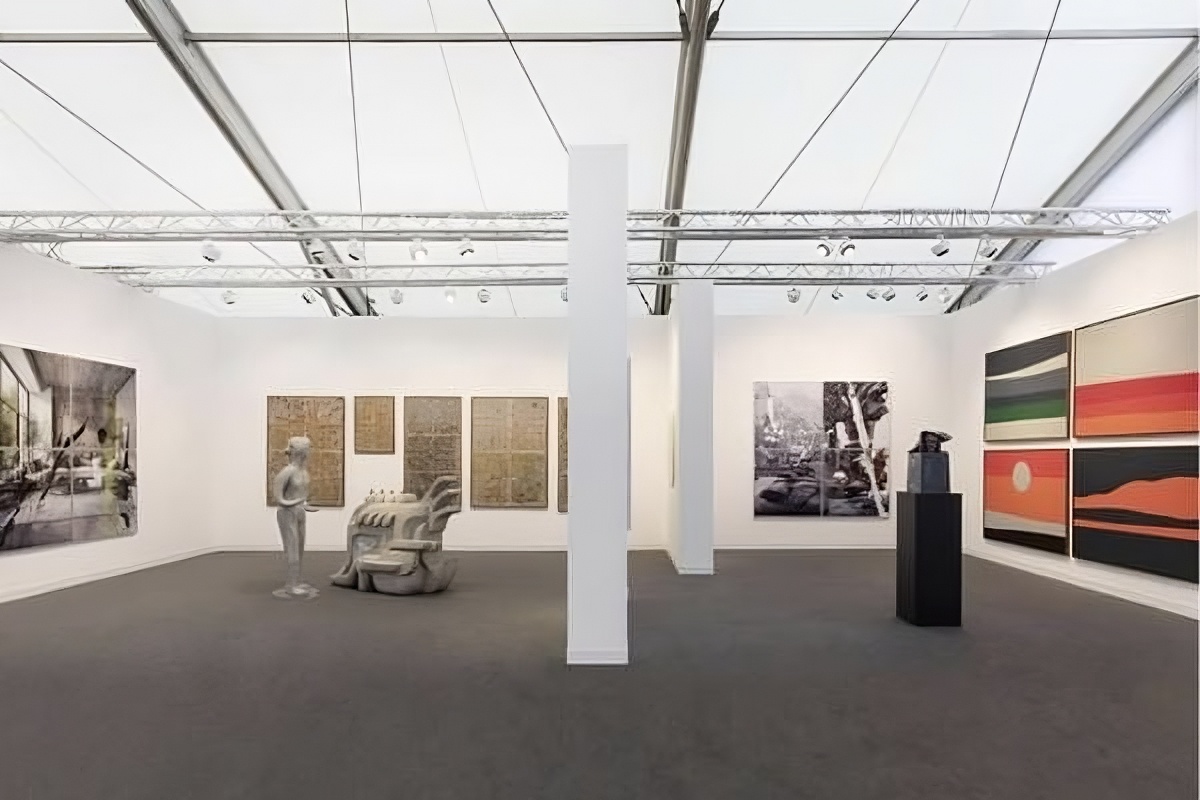
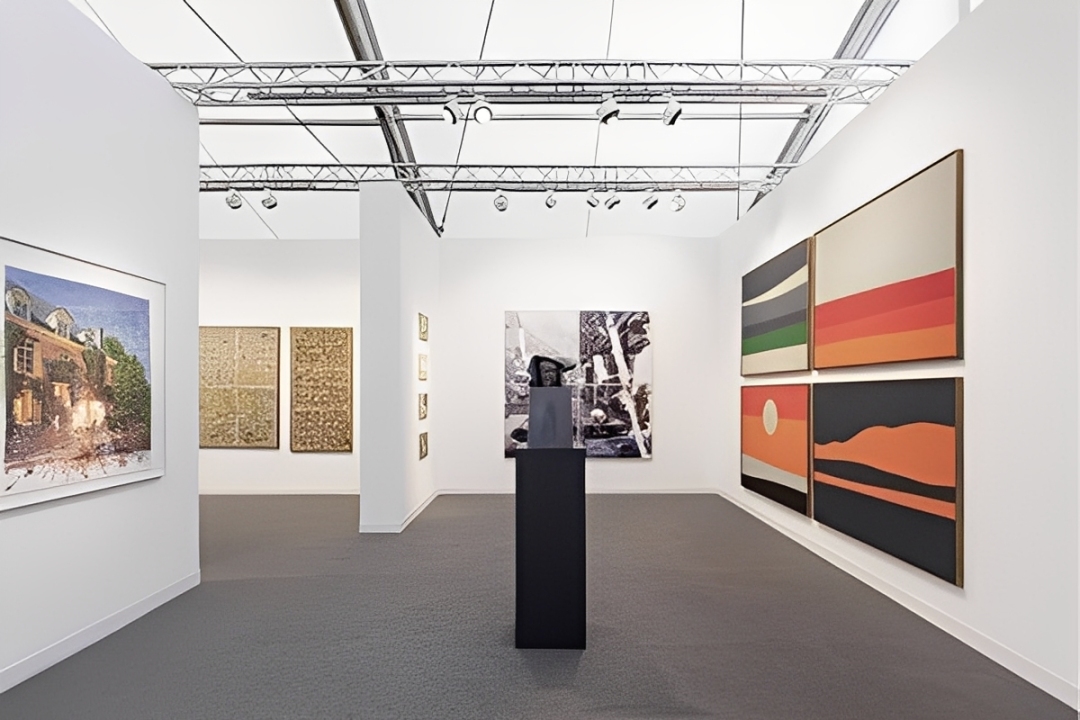
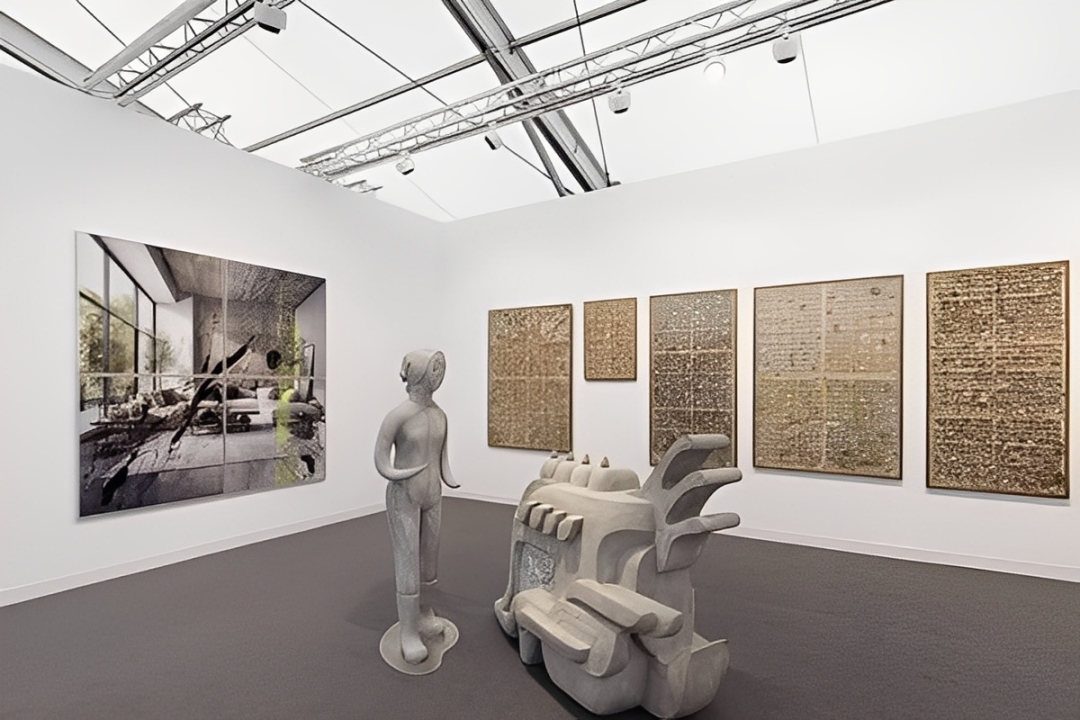
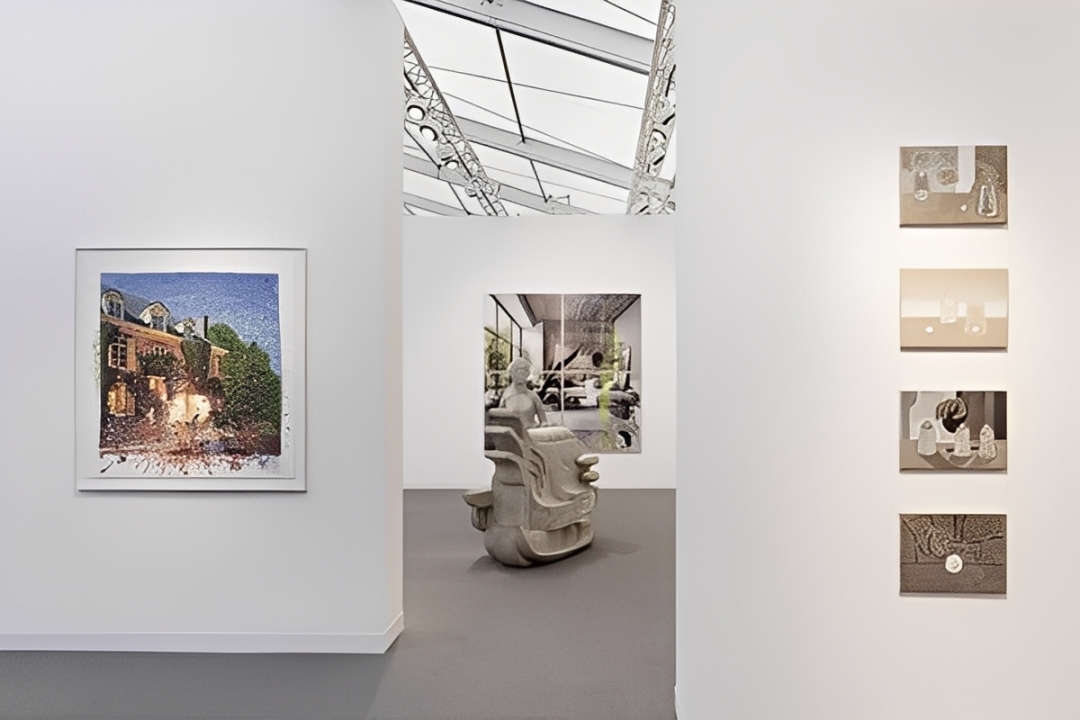
Other Highlights of Frieze London 2025:
Beyond the booths and the curatorial statements, Frieze London 2025 unfolded as a broader celebration of art in motion and where creativity met commerce and history intertwined with the present.
As we wander beyond the Portuguese pavilions and into the wider fairgrounds, it’s impossible to ignore the pulse of the market itself: the energy of major sales, the quiet intensity of bidding rooms, and the way iconic names continue to command attention. Let’s explore some of these standout moments that defined the week, from remarkable exhibitions to record-setting auctions.
Market Moments:
It’s hard to say whether the real winners of Frieze London were the artists on the walls or the collectors who went looking for new gems for their beloved collections. As London’s art scene reached fever pitch, the auction houses echoed with their own kind of theatre. As the city hummed with creative energy, London’s auction houses became silent theatres of suspense. Every raised hand, every pause before the hammer, seemed to echo the pulse of the art world itself.
At Christie’s, a 1982 Basquiat, from the artist’s most defining year, reached £5.53 million, affirming his place as contemporary art’s eternal rebel. Moments later, Andy Warhol’s Four Pink Marilyn (Reversal) dazzled the room, selling for £4.33 million, its surface reflecting both fame and fragility. Yet the night’s most resonant triumph came from Portugal: Paula Rego’s Dancing Ostriches (from Walt Disney’s Fantasia) (1995) achieved £3.47 million, a new landmark record for the artist.
It was a night of precision and poetry, proof that, even amid spectacle, art’s emotional gravity still dictates the rhythm of value.
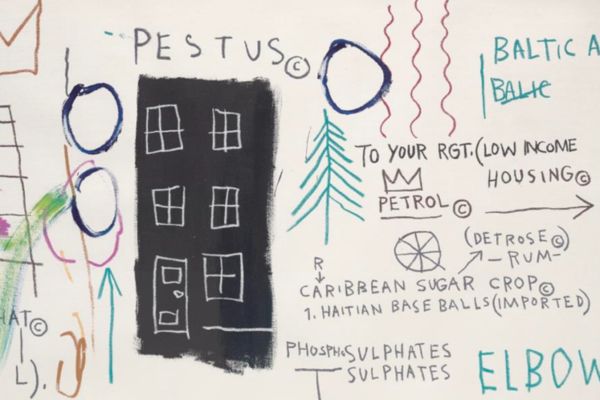
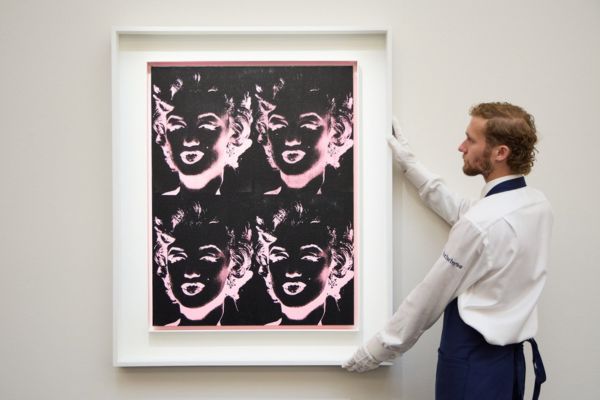
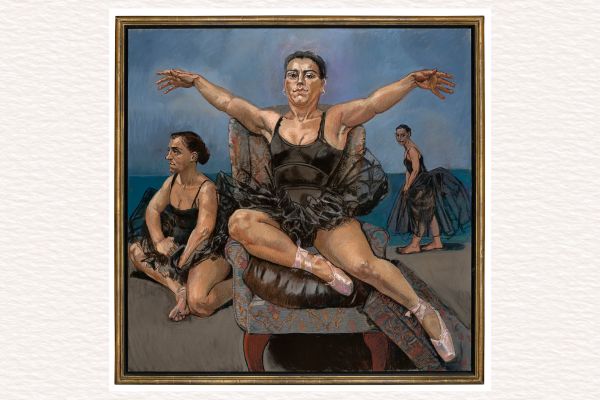
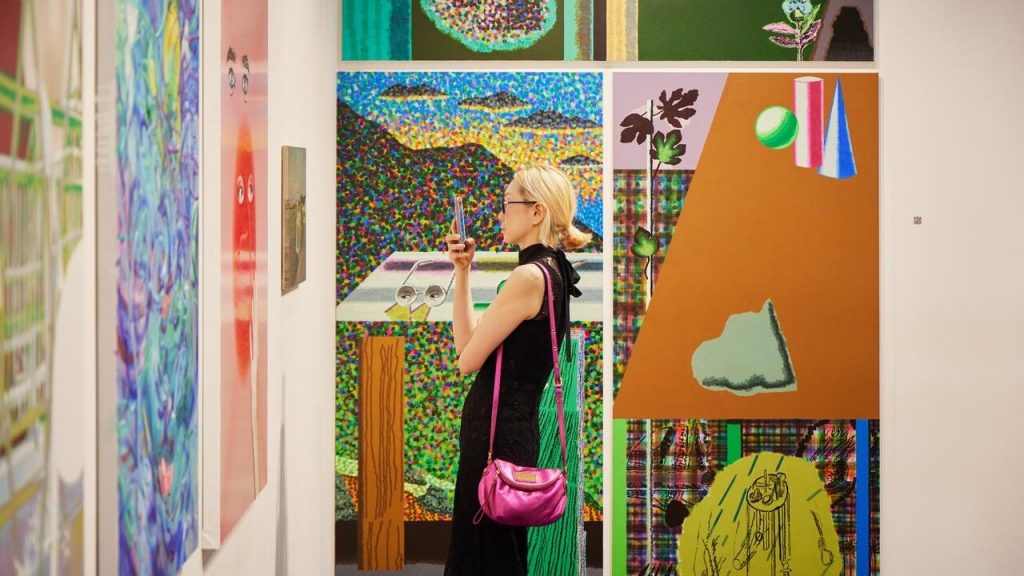
Other Must-See Exhibitions From Frieze London 2025:
Echos In The Present
Curated by Jareh Das, Echoes in the Present emerged as one of Frieze London 2025’s most compelling and thought-provoking sections, offering a nuanced dialogue between Brazil, Africa, and their diasporas.
The exhibition explored deep, often overlooked connections rooted in shared histories, shaped by the forced movement of African people across the Atlantic, and sustained through centuries of cultural exchange.
Through a rich tapestry of painting, sculpture, installation, and performance, the works on display transformed these narratives of displacement and resilience into living, breathing acts of connection. Each piece seemed to converse across time and geography, revealing how artistic practices evolve, adapt, and echo across continents.
From intimate gestures to large-scale interventions, the section illuminated the enduring power of memory, identity, and creativity in shaping both personal and collective histories.
More than a curatorial concept, Echoes in the Present felt like a heartbeat within the fair, a space where past and present meet, collide, and resonate. For anyone seeking to understand the layered, global nature of contemporary art today, it was a true must-see of Frieze London 2025.
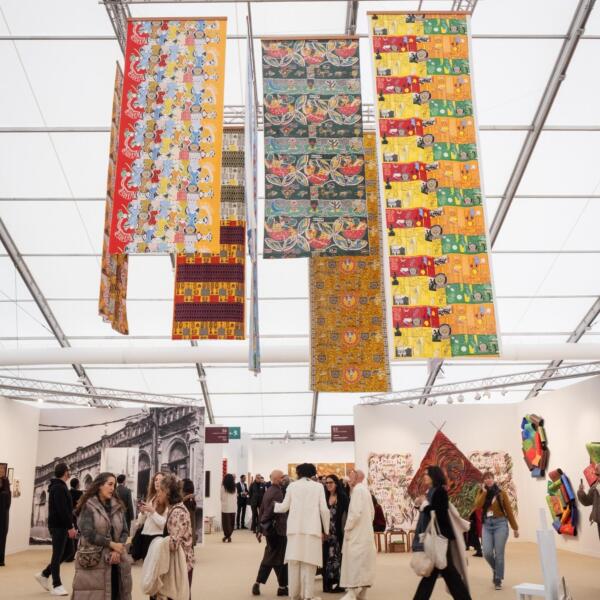
OMR’s booth
Step into OMR’s booth and you might think you’ve wandered into genteel tradition: pale red toile wallpaper, pastoral idylls, a whisper of old-world refinement. But hold your gaze, mischief is everywhere. Tiny porn stars podcasting, impish devils dancing, and surreal twists on contemporary life peek out from the patterns, turning elegance on its head.
The booth is a riot of contrasts. Small or grand, risque or refined, each work invites the viewer to linger, question, and revel. OMR’s presentation is audacious, playful, and unapologetically alive, a must-see for anyone chasing the unexpected at Frieze London 2025.
“It’s a perverted mess of things happening, but it looks like traditional wallpaper,” laughs gallery owner Cristobal Riestra.
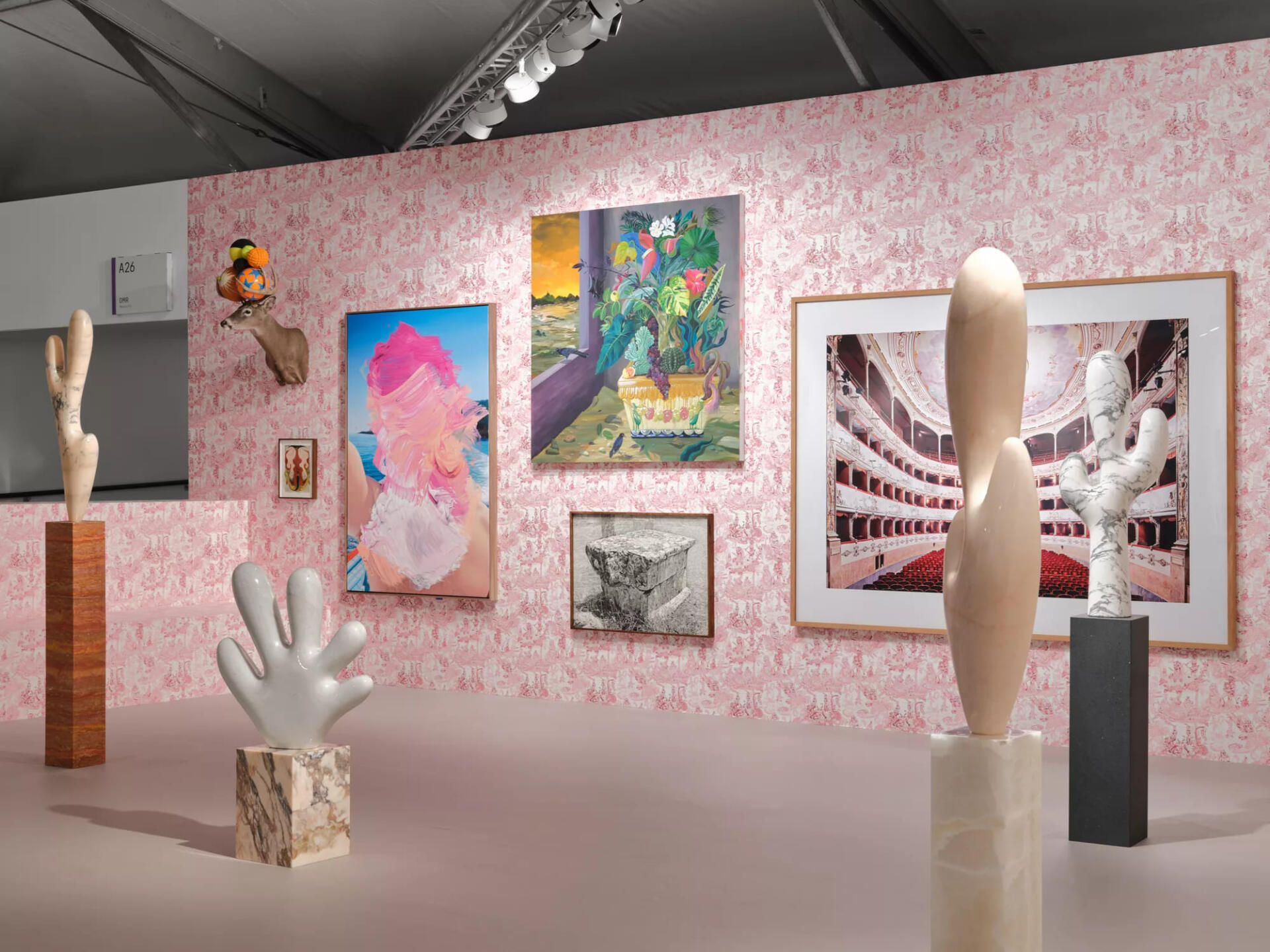
One Must Not Be Afraid To Create
Sonia Gomes reminds us that in art, as in life, “one must not be afraid to create”. With this exibithion she transforms the ordinary, birdcages, driftwood, textiles, into vibrant, sculptural celebrations of Afro-Brazilian craft traditions. Her work dances with movement, echoing the rhythms of Brazilian culture, while her commitment to reusing materials underscores the courage to see potential where others see fragility.
For the first time at Pace London, Gomes casts bronzes from tree burls and branches, wrapped in textiles, turning delicate, vulnerable objects into resilient, elevated sculptures. Each piece is a testament to audacity, imagination, and the joyful defiance of fear. A reminder that creation requires boldness, playfulness, and heart.
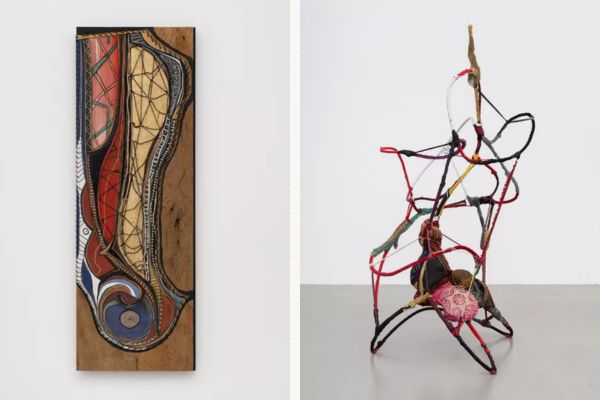
As the lights dim and the last footsteps echo through The Regent’s Park, one truth lingers: Frieze London 2025 is more than a fair, it is a living, breathing testament to creativity, courage, and connection.
From the intimate whispers of Portuguese galleries to the bold statements of global visionaries, the event reminds us that art has the power to surprise, challenge, and inspire at every turn. It is a celebration of risk, innovation, and the relentless pursuit of beauty, a space where tradition and audacity coexist, and where every viewer is invited to witness, wonder, and participate.
Frieze London is not just seen; it is felt as a dazzling reminder that the world of art, like creativity itself, is boundless, fearless, and endlessly captivating.
And you? What was your favourite moment of Frieze London 2025? Share your thoughts with us and let Frieze London inspire new ways of seeing and creating.
Keep following our journal for more insights, highlights, and stories from the global art scene.

